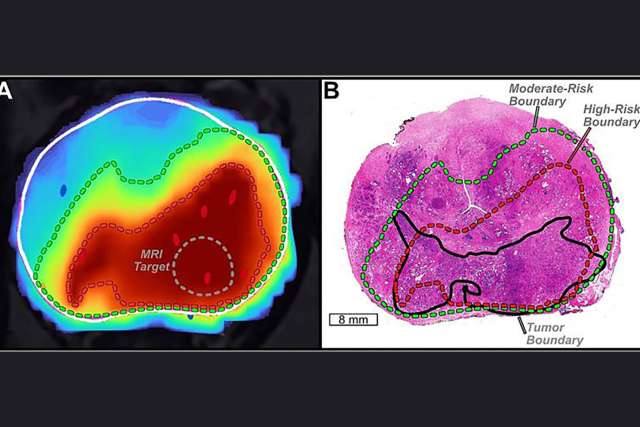A study by UCLA Health researchers finds a connection between statin use, and cholesterol levels and eye health, suggesting that some people with abnormal lipid levels who use statins might face higher risk of developing glaucoma.
The study, led by ophthalmology intern Ye Sam Lee, MD and assistant professor Victoria Tseng, MD, PhD, from the Department of Ophthalmology at UCLA Health, highlights a significant correlation between the use of statins, which are common cholesterol-lowering drugs, and glaucoma.
Researchers found that among statin users between the ages of 60 to 69, there was a significant increase in the likelihood of developing glaucoma, compared to non-statin users, suggesting that statin use may be a risk factor for glaucoma.
The cross-sectional study included 79,742 adult participants aged 40 and older with hyperlipidemia, of whom 6,365 (8%) were statin users. Data was gathered from the All of Us (AoU) Research Program database, an initiative by the National Institutes of Health that begin in 2018 and enrolls participants aged 18 and older from 340 recruitment sites across the U.S.
Data revealed that statin users with the highest cholesterol levels may have had worse heart damage, predisposing them to a higher risk of glaucoma. Researchers suggest that while many factors could potentially explain the findings, one possibility is an inverted U-shaped association, which means that the benefits of statins might increase up to a certain age, peak in the middle to late adulthood, then potentially decrease. In this case, the highest cumulative effect of statins is seen in the 60 to 69 and 70 to 79 age groups, who may have used statins longer than younger adults.
However, it is possible that in certain age groups, high cholesterol levels—not necessarily the statin use itself—might be a key risk factor for glaucoma.
“While the topic has been widely studied, our findings support the hypothesis that the highest severity of high cholesterol levels requiring statin use may be a critical risk factor for glaucoma,” said Tseng. “Our study may serve as a significant starting point for future research and interventions aimed at reducing glaucoma risk, by prioritizing the control of heart disease.”
Read the full study here.




